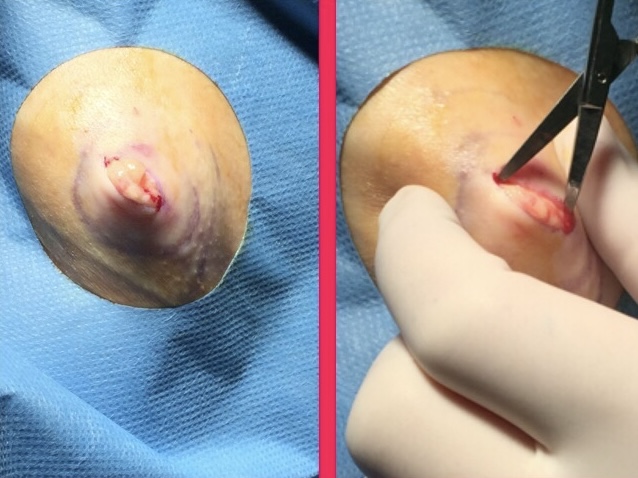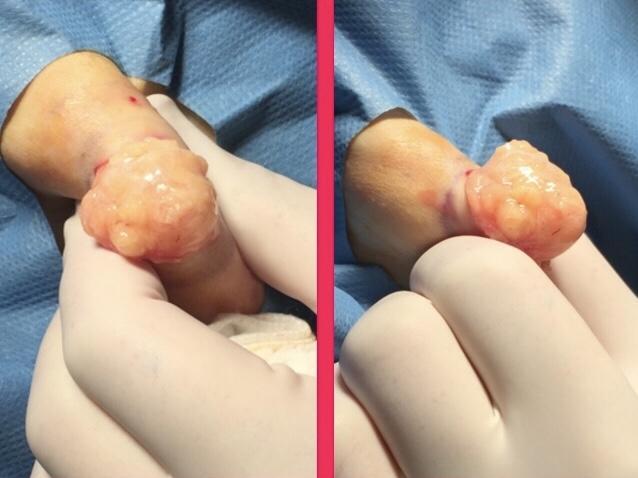Resembling a cyst in appearance, a lipoma is a slow-growing mass composed of fat cells that typically resides in the subcutaneous layer of the skin, nestled between the skin and the underlying muscle layer.
Lipoma Removal
Similar Services
Epidermoid Cyst
An epidermoid cyst is a small, harmless lump that forms beneath the skin, usually on the face, neck, or trunk. It is characterized by a round bump under the skin, a tiny blackhead blocking the opening of the cyst, yellow discharge from the cyst, and, if it becomes inflamed or infected, redness, swelling, and tenderness in the affected area. While anyone can develop these cysts, individuals who have reached puberty, those with specific genetic disorders, and those who have experienced skin injuries are more prone to them.
Sebaceous Cyst
A sebaceous cyst, also known as a skin cyst, is a growth beneath the skin that resembles a closed capsule. It is typically filled with liquid or semisolid substances, similar to a blister on the skin. These cysts can occur when oil glands or hair follicles in the skin become blocked or swollen, and there may also be a genetic component to their development. The main symptom of a skin cyst is a painless lump under the skin, which can become inflamed and tender.
Fortunately, sebaceous cysts are usually harmless and can be left untreated. However, if a small cyst becomes inflamed or a larger cyst causes discomfort, pain, or hair loss, it may be necessary to seek treatment to alleviate the symptoms. The specific treatment approach depends on the type and location of the cyst, as well as the level of discomfort it causes. Options for treatment include draining or aspirating the cyst, surgically removing it, or conducting a biopsy to determine if the cells are cancerous.
Let’s connect.
Have questions? Want to schedule an appointment? Simply complete the form and we’ll get back to you within 24 hours.



